A Guide to Upcoming Ex Dividends
Master upcoming ex dividends with our guide. Learn how ex-dividend dates impact your portfolio, how to plan trades, and track key dates effectively.
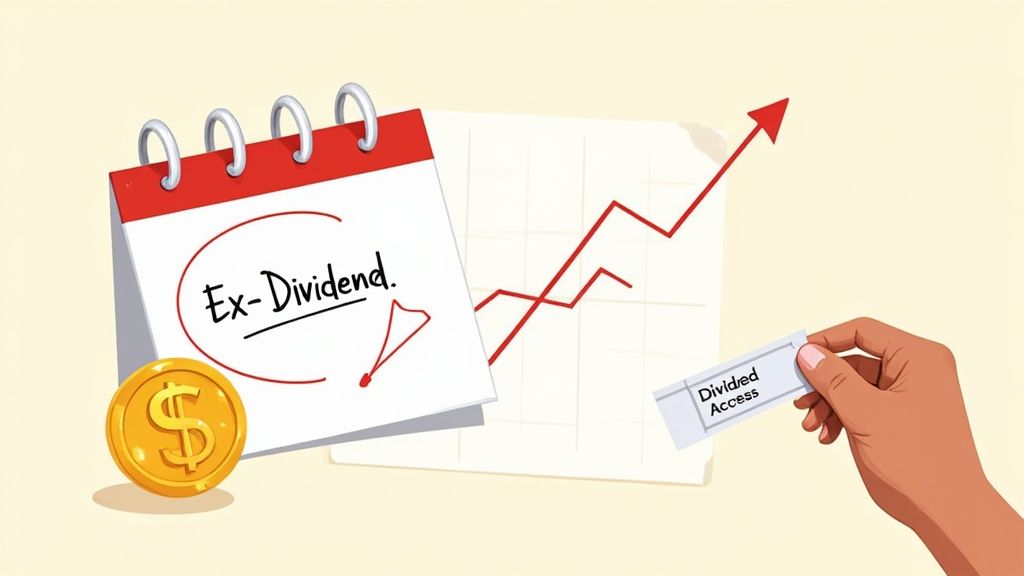
Upcoming ex-dividends are the make-or-break dates that decide who gets a company's next payout. It's simple: to collect the cash, you have to own the stock before its ex-dividend date. If you buy on or after that day, the dividend goes to the seller.
Think of it as the final cutoff for getting on the guest list for a company's profit-sharing party.
Understanding Upcoming Ex Dividends and Why They Matter
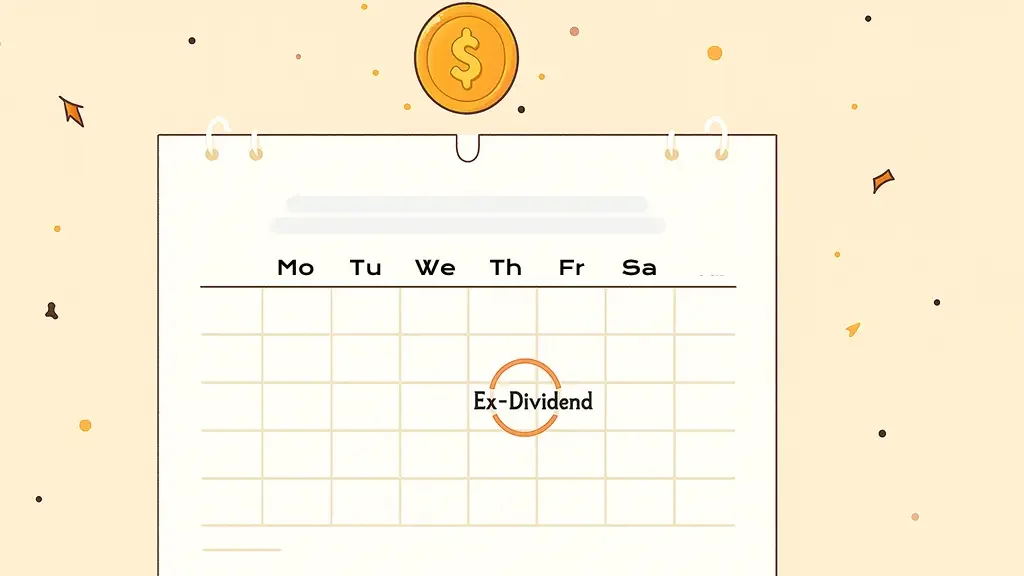
For any dividend investor, mastering the dividend payment timeline isn't just a "nice-to-have"—it's a core skill. It’s not enough to pick a solid company; you have to understand the mechanics that move cash from their bank account into yours. The entire process hinges on four critical dates that operate with clockwork precision.
From the moment a company decides to reward its shareholders, a specific sequence of events kicks off. Missing a single step in that timeline can mean missing out on your income entirely.
Let’s break down how it all works.
The Four Key Dividend Dates
The dividend cycle isn't random. It’s a structured process built to ensure the right shareholders get paid the right amount, right on time. Each of the four dates serves a specific, non-negotiable purpose.
To keep it simple, here’s a quick rundown of each stage in the dividend payment process and what it means for you as an investor.
The Four Key Dividend Dates Explained
These four dates work together to make sure every dividend payment is orderly and accurate. But for planning your trades, one date stands above the rest.
The ex-dividend date acts as the official cut-off for new buyers. It marks the first day a stock trades without the value of its next dividend payment baked into its price, which is why understanding this single date is essential for planning your trades.
You might wonder why the ex-date comes before the record date. It’s all about trade settlement times. Stock trades take a day to officially settle (T+1). The ex-dividend date is set one business day before the record date to account for this lag.
For example, if a company sets its record date for Friday, the ex-dividend date would be the Thursday before. Anyone who buys the stock on that Thursday—or later—won't be on the official shareholder list by the record date and will miss out on the payment. You can track these dates using tools like the dividend calendar from Snowball Analytics to stay ahead of the game.
How the Ex-Dividend Date Impacts Stock Prices
Ever watch a stock’s price dip on a seemingly random morning with zero bad news in sight? There's a very good chance you just saw the upcoming ex dividend date work its magic. This predictable price adjustment is a core market mechanism, often called the "dividend drop."
It isn't a red flag or a sign of trouble. Instead, it’s just the market’s way of balancing the books. Think of a company's stock price as a bucket full of value. When the company decides to pay a dividend, it’s basically scooping some of that value out of the bucket and handing it over to shareholders. The stock price has to drop to reflect that cash is no longer in the company's bucket.
This whole process ensures nobody gets "free money." If the price didn't adjust, a trader could just buy the stock the day before the ex-date, lock in the dividend payment, and then sell it the next morning at the same price for a quick, risk-free profit. The market is far too efficient for that kind of loophole.
The Math Behind the Dividend Drop
The logic here is refreshingly simple. On the ex-dividend date, the stock starts trading without the value of that dividend attached to it. As a result, the share price tends to fall by an amount that’s almost exactly equal to the dividend being paid out.
Let's use a quick example. Imagine a company called "Global Tech," which is trading at $100 per share.
- Global Tech's board declares a $1 per share dividend.
- You buy shares the day before the ex-dividend date. Your shares are worth $100 each, and you are officially on the list to receive that $1 cash payment.
- When the market opens on the ex-dividend date, the stock will typically start trading right around $99 per share.
The total value didn't just disappear into thin air. If you owned the stock before the drop, you now have a $99 share plus $1 in cash heading your way, bringing you right back to the original $100 in total value. This price adjustment happens almost instantly at the opening bell.
According to historical observations, shares often experience a price drop approximately equal to the dividend on the ex-dividend date. This phenomenon helps prevent dividend arbitrage opportunities, where investors attempt to buy shares just to collect dividends and sell immediately without risk. Discover more insights about dividend mechanics on Snowball Analytics.
Why This Matters for Your Strategy
Getting comfortable with this predictable dip is a game-changer. It helps you anticipate these short-term price moves and keeps you from panic-selling when you see a sudden red candle on an ex-dividend day.
Recognizing this behavior is a fundamental part of how you can analyze market trends as a dividend investor. It’s not random volatility; it's a standard operating procedure. This knowledge lets you see the bigger picture—the direct transfer of value from a company's balance sheet right into your pocket as a shareholder.
Strategies for Trading Around Ex-Dividend Dates
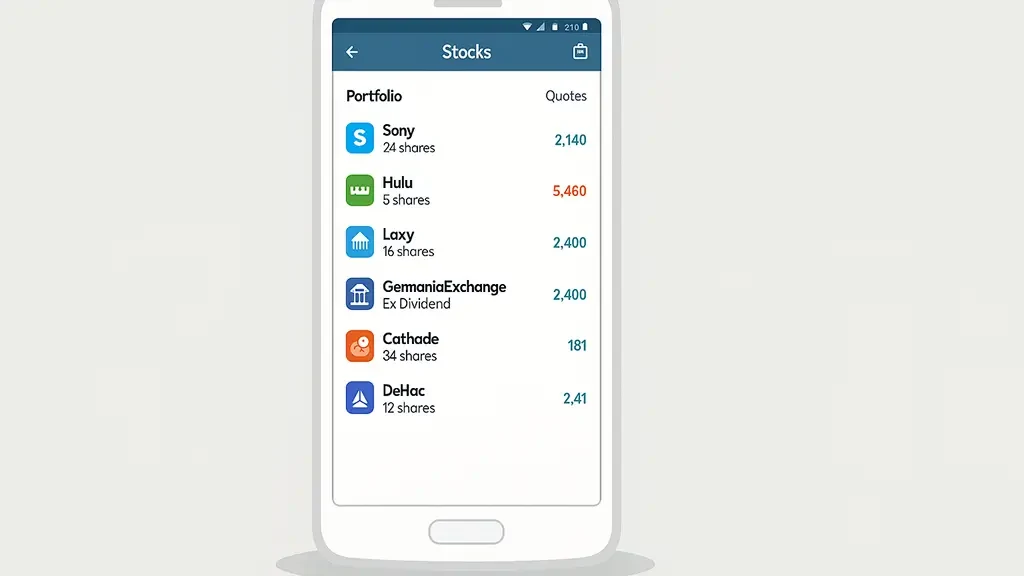
Knowing what upcoming ex dividends are is the first step. The real question is what to do about them. For dividend investors, this usually comes down to one of two game plans, each with its own goals, risks, and level of effort.
One strategy is hyper-active and tactical, aiming for quick, short-term gains. The other is a patient, long-term philosophy where dividends are simply the reward for ownership. Your choice boils down to what you want dividends to do for your portfolio.
The Dividend Capture Strategy
This is the sprinter's approach. For active traders, the dividend capture strategy is a high-effort game with a simple objective: buy a stock right before its ex-dividend date, hang on just long enough to qualify for the payment, and then sell it.
The goal isn’t to own the company; it’s to “capture” the dividend payout as a rapid profit. But it’s nowhere near as easy as it sounds. The biggest hurdle is the predictable stock price drop on the ex-dividend date itself. To win this game, the stock has to bounce back faster than the market expects, letting you sell for a profit even after the dividend is factored in.
It's a risky play with a few major catches:
- Transaction Costs: All that buying and selling racks up commission fees, which can quickly chew through your potential profits.
- Market Volatility: If the market hits a rough patch, the stock might not recover. A quick trade can easily turn into an unplanned loss.
- Tax Implications: Hold a stock for less than 61 days, and the dividend payout is typically taxed as ordinary income—a much higher rate than the preferential qualified dividend tax rate.
The Buy and Hold for Income Strategy
Now for the marathon runner's approach. In complete contrast, a buy-and-hold investor sees upcoming ex dividends as nothing more than milestones on a long journey. The focus here is on owning high-quality companies that have a solid track record of paying and growing their dividends over time.
For these investors, dividends are a steady return on ownership, not a trading event. The small price dip on the ex-dividend date is just background noise.
They care about the company's fundamentals—its cash flow, its competitive advantages, and its ability to keep funding those dividend checks for years to come. Since they rarely sell, transaction costs are a non-issue, and they're far more likely to benefit from the lower tax rates on qualified dividends.
This strategy requires patience and a firm belief in the businesses you own. The dividend becomes a reliable income stream that you can reinvest to compound your wealth over decades, forming the bedrock of a truly resilient portfolio.
Dividend Capture vs Buy and Hold for Income
Deciding which camp you fall into depends entirely on your financial goals and temperament. Are you an active trader seeking quick profits, or a long-term compounder building an income stream? This table breaks down the core differences.
Ultimately, there's no single "right" answer. The dividend capture strategy appeals to nimble traders who are comfortable with higher risk and the tax implications. On the other hand, the buy-and-hold approach is the classic path for investors looking to build lasting wealth and a dependable source of passive income.
How to Find and Track Upcoming Ex Dividends
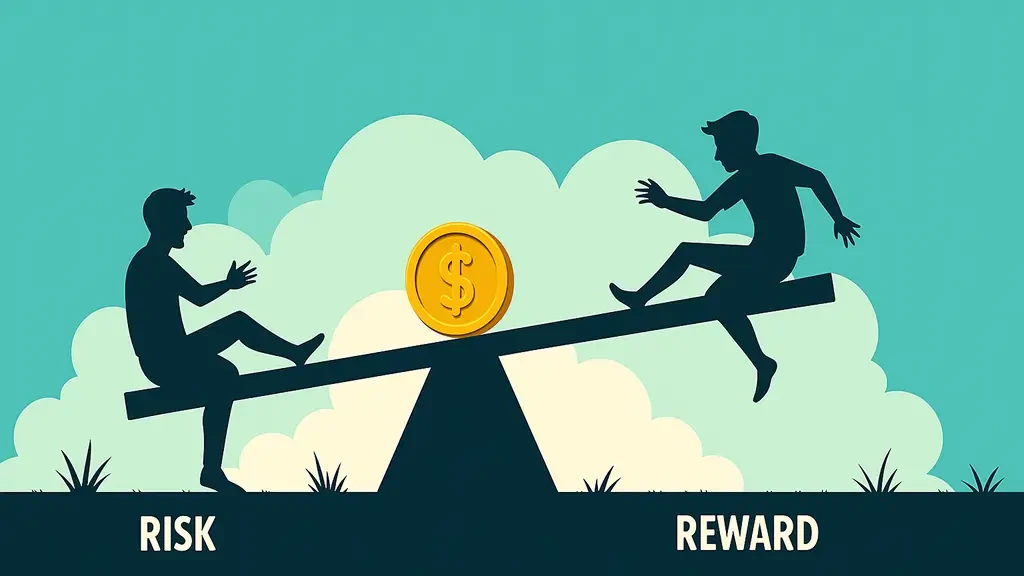
Knowing the theory behind ex-dividend dates is a great start, but turning that knowledge into consistent results is what really matters. Let's be honest: manually tracking these dates for every stock you own or have on your watchlist is a recipe for missed opportunities and headaches.
This is where specialized tools come in. They automate the entire process, making sure you never get blindsided by a critical cutoff again. A high-quality dividend calendar isn't just a nice-to-have; it's the foundation of any serious income investor's strategy. It lets you move from just reacting to the market to proactively planning your next move.
Putting a Powerful Dividend Calendar to Work
The PinkLion dividend calendar was built to give you clarity and control over your income stream. It pulls together data on upcoming ex dividends from across the market, so you can see exactly which companies are paying, when they're paying, and how much.
Think of it as your command center for dividend income. You can quickly spot opportunities, map out potential trades, and confirm your current holdings are on track to deliver. No more digging through press releases or company websites.
The real magic, though, is in the filtering. Savvy investors use tools like this to sort opportunities by ex-date, dividend yield, or even by sector. This is why you see such high demand for accessible dividend data from platforms like Snowball Analytics, which cater to investors hunting for specific dividend plays.
The goal isn’t just to find dates; it’s to uncover insights. A great dividend calendar helps you spot patterns, like a company’s history of consistently raising its payout, which is a strong signal of financial health and shareholder commitment.
By making this tool a part of your regular routine, you turn dividend tracking from a chore into a real strategic advantage. It empowers you to not only monitor your existing portfolio but also to actively hunt for new stocks that fit your income goals. This is especially critical when you're looking to diversify your investment portfolio with new, reliable income sources.
Building Your Personalized Dividend Watchlist
A general market view is useful, but the most effective strategy is a personal one. You need a system for tracking the specific stocks that matter most to you. That means building a dedicated watchlist and setting up alerts so you never miss a beat.
Here’s a simple way to do it using a platform like PinkLion:
Add Your Holdings: First things first, get all your dividend-paying stocks into your portfolio tracker. This creates your central dashboard.
Turn On Alerts: Set up automated notifications for key dividend events. You can get an alert when a company you own declares a dividend or when an upcoming ex dividend date is just around the corner.
Scan for New Ideas: Use the calendar's filters to go on the offensive. Screen for stocks based on yield, sector, or how often they pay to find new companies that match what you're looking for.
This proactive approach frees you from the tedious work of constantly checking for updates. It puts the information you need right at your fingertips, letting you focus on making smart decisions instead of just gathering data.
Common Pitfalls to Avoid in Dividend Investing
Dividend investing is more than just collecting checks. If you're not careful, a few common traps can sneak up and seriously derail your income strategy. Knowing what to watch for is half the battle, helping you build a tougher portfolio and sidestep the costly mistakes that catch so many new investors off guard.
One of the biggest temptations is yield chasing. This is where an investor gets mesmerized by a crazy-high dividend yield without asking if it's too good to be true. A sky-high percentage isn't a gift; it's usually a red flag that the market thinks the company can't sustain the payout and a dividend cut is right around the corner.
Misinterpreting the Ex-Dividend Price Drop
Another classic mistake is misunderstanding what happens to the stock price on the ex-dividend date. It's totally predictable, yet beginners often see the dip and think it's a random sale or a sign of trouble. It’s neither.
That price drop is just the market adjusting for the dividend that's about to be paid. Think of it this way: the value is simply moving from the company's stock price into your pocket as cash. It’s not a loss. Data shows a stock's price typically drops by about 98% to 102% of the dividend amount on its ex-day, confirming it’s a standard, mechanical process. You can dig deeper into these mechanics over at DividendMax.
Overlooking the Impact of Taxes
Finally, and this is a big one, completely ignoring taxes. Dividend income isn't free money—the tax man always wants his cut. How much you pay depends on whether the dividends are "qualified" or "ordinary," which is tied to how long you’ve held the stock.
Forgetting to account for taxes can take a huge bite out of your actual returns. That juicy 3% yield might look great on paper, but after taxes, the cash you actually get to keep could be a lot less, changing the entire appeal of the investment.
These pitfalls show why you need a smart, well-rounded approach. It's not just about finding big yields; it's about understanding the mechanics of upcoming ex dividends and what they mean for your bottom line. Doing your homework on an investment is crucial, and you can get a head start by reading our guide on how to evaluate investment opportunities. Steer clear of these common blunders, and you'll be on your way to building a much more profitable and sustainable income portfolio.
Frequently Asked Questions About Ex-Dividends
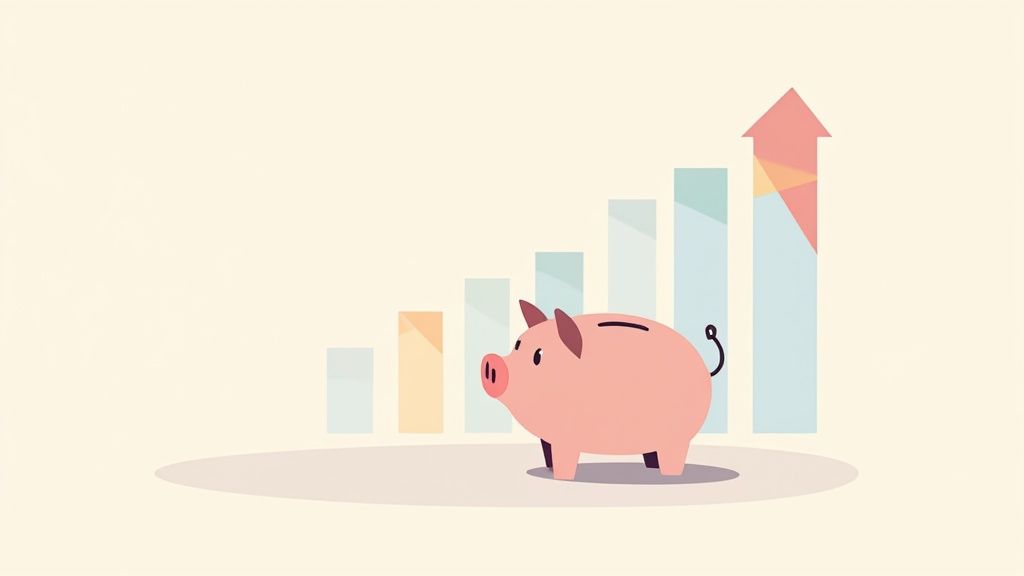
Even after you get the hang of upcoming ex dividends, some practical questions always pop up. Let's run through a few common scenarios to make sure these key concepts are crystal clear.
What Happens If I Sell on the Ex-Dividend Date?
Good news—you still get paid. The rule is simple: you must own the stock before the market opens on the ex-dividend date.
As long as you held your shares through the market close on the day before the ex-date, that dividend is yours. You're free to sell your shares on the ex-dividend date itself and you’ll still see that payment hit your account.
Do Dividend ETFs Have Ex-Dividend Dates?
Yes, they absolutely do. Dividend-focused Exchange-Traded Funds (ETFs) follow their own schedule of upcoming ex dividends, just like individual stocks.
And just like a single stock, an ETF's price will typically drop by an amount close to its distribution on the ex-date. So, for ETF investors, keeping an eye on these dates is just as important.
Keep in mind that while it's uncommon, companies can amend an announced ex-dividend date. Any changes are typically announced via press releases or regulatory filings. A reliable, real-time dividend calendar is your best defense against surprises.
This ensures you’re always working with the most current information, protecting your income strategy from any unexpected shifts in a company's dividend timeline.
Ready to track upcoming ex dividends with confidence? PinkLion provides a powerful dividend calendar, real-time portfolio analytics, and AI-powered forecasting to keep you ahead of the market. Start for free and take control of your income strategy today.
